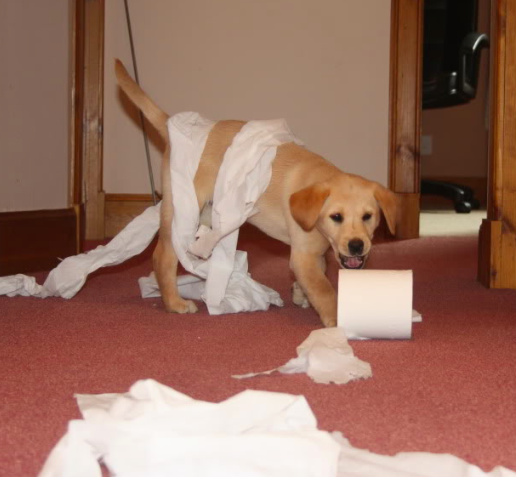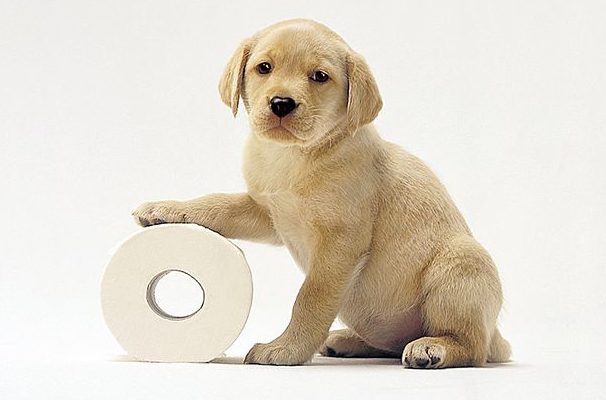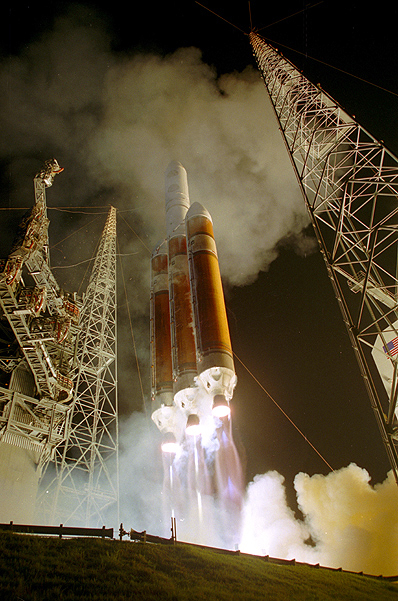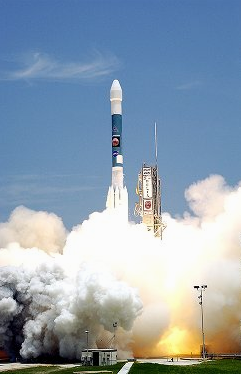Here is a link to some revision notes for the Our Dynamic Universe unit.
 mrmackenzie
mrmackenzie
nat4 dynamics & space revision – post #2
Here is the second set of revision notes for your test.
nat4 dynamics and space revision notes
This is the first of two posts with summary notes to help you prepare for the unit assessment next week. Don’t forget that there are also nice notes with built-in tests on BBC Bitesize.
introducing special relativity…
We’ve been looking at Einstein’s special theory of relativity this week. Special relativity is tricky get get your head round. Let’s start with a video about the speed of light.
We watched this video in class, it follows Einstein’s thought process as he worked through his special theory of relativity.
time dilation
another take on special relativity and the twins paradox
…and the Glesga Physics version
length contraction
This video has helpful examples to explain length contraction.
Sometimes it’s easier to imagine we’re a stationary observer watching a fast moving object go whizzing past. For other situations, it’s better to put yourself into the same frame of reference as the moving object, so that everything else appears to be moving quickly, while you sit still. The muon example in this video shows how an alternative perspective can work to our advantage in special relativity.
Another way to think about this alternative frame of reference is that it’s hard to measure distances when you yourself are moving really quickly. Think about it, you’d get tangled up in your measuring tape like an Andrex puppy.

image: trotonline.co.uk
It would be far easier to imagine you’re the one sitting still and all the objects are moving relative to your position, as if your train is stationary and it’s everything outside that’s moving. That keeps everything nice and tidy – including your measuring tape. Got to love Einstein’s postulates of special relativity.

image: mirror.co.uk
H tension HW answers
I’ve marked your HW jotters and will hand them back during tomorrow’s lesson.
I’ll go over the main issues in class but many of you need to review the way you attempt tension questions; use a free body diagram and only use F=ma when you know the resultant force. These two videos should help.
HW question 4 from mr mackenzie on Vimeo.
Higher HW Q5 from mr mackenzie on Vimeo.
nat5 revision
Use the attached file to help with revision for your test on Monday. Start at the beginning of the booklet and read up to the end of page 41.
Thanks to Mr Noble for sharing his notes. 🙂
nat5 – work, power and potential energy
We’ve been looking at work and the rate of change of energy. This handout will help you to revise the key points and introduces gravitational potential energy.
higher homework
Your homework questions are attached. Please return to me by Wednesday 20th September.
Newton’s third law of motion
Today we examined the importance of Newton’s 3rd law of motion. In our discussions, different explanations for the motion of jets and rockets were proposed and considered. The front runners were;
- at launch, the ground pushes back against a rocket
- during flight, air pushes back against a plane
Unfortunately, the lack of ground and air (or any other gas) meant that neither of these models were able to explain the propulsion of an object in space. It was at this point we remembered Newton’s 3rd law of motion (or here with non-rocket examples).
You’ve got to be careful with Newton’s 3rd law of motion, it’s easy to get confused. Bonus question: What’s wrong with this explanation?
I found a photograph that provides a stunning visualisation of Newton’s 3rd law in action during the launch of a DeltaIV rocket. You can read the details of setting up for this photo here.
image courtesy of Ben Cooper, Launchphotography.com
The photo was taken at very short range (about 30m) from the launch site and clearly shows hot gases being forced out of the exhaust at high speed. When a rocket forces out gas, the expelled gas pushes back on the exhaust with an equal force. Since the exhaust is part of the rocket’s structure, the entire rocket is propelled in the opposite direction to the gas.
It is this pushing back on the exhaust that provides thrust for a rocket. It doesn’t matter if the rocket is on the launch pad, in mid air or outer space. As long as it can push gas out of the exhaust, it will be able to propel itself forwards using Newton’s 3rd law of motion.
We don’t normally get a clear view of the hot gases being forced out of a rocket in launch photographs. A lot of the smoke seen in images like the one shown below is actually steam.
NASA/courtesy of nasaimages.org
There are two main sources of steam during launch. The most obvious is the burning of fuels but NASA also soaks launch platforms with water just before and after launch so that the massive sound waves don’t damage the vehicle being launched. There is a wikipedia article on the use of water during space shuttle launches.
higher ODU revision notes
Here are some notes to help you prepare for the assessment later this week. There are also some useful resources on BBC Bitesize.



